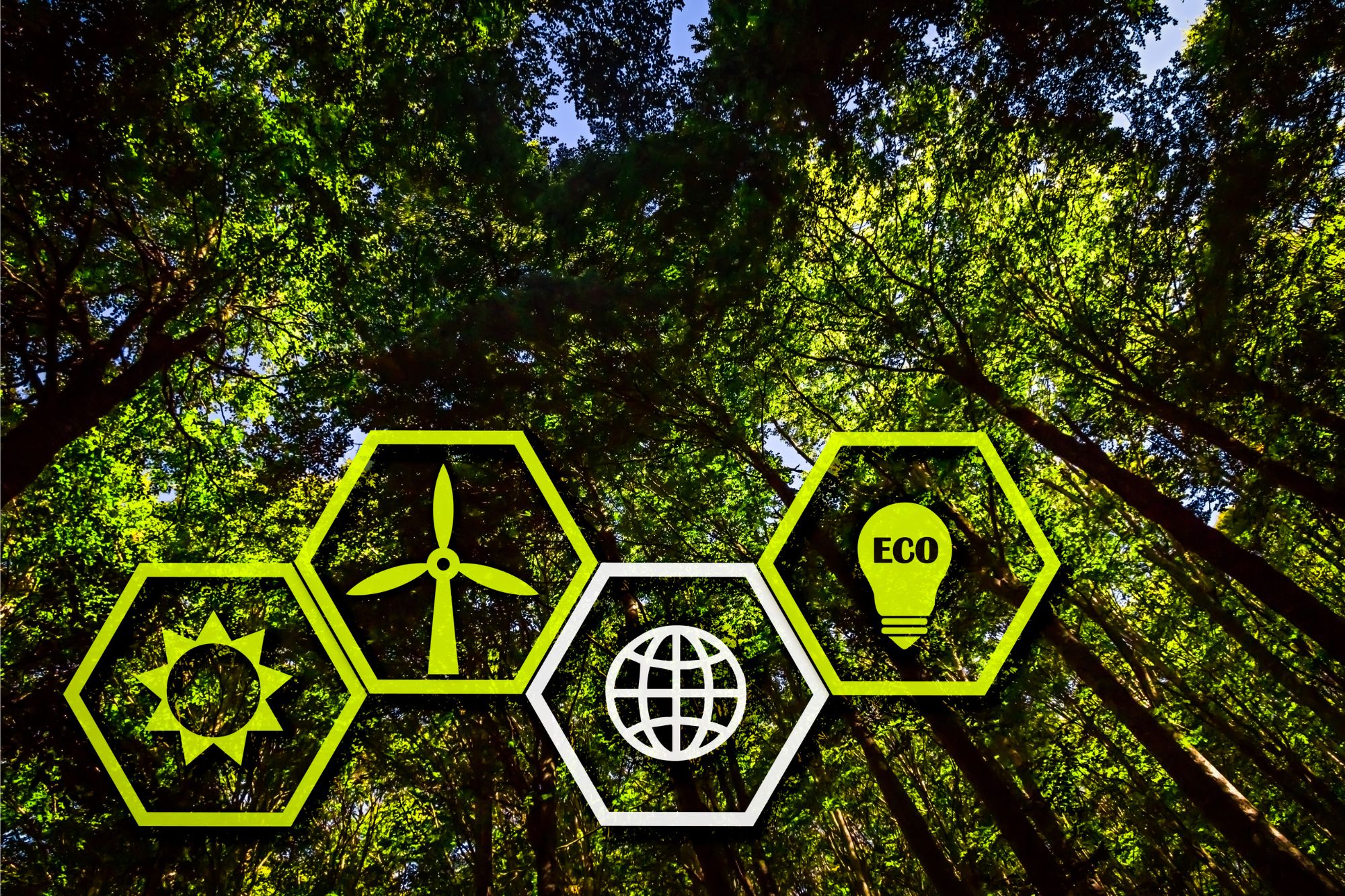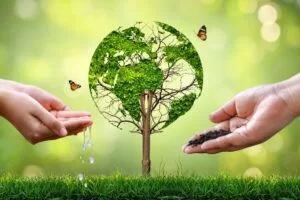There are currently trials underway for a potentially groundbreaking new scheme that could turn sewage into energy. Hexham Courant reports that Northumbrian Water is experimenting with technology that is designed to use thermal energy to strip and recover ammonia from wastewater.
The recovered anomia product could be used to make fertilisers and green fuels for the hydrogen economy. In previous trials, the system has demonstrated that it may be possible to recover 95% high strength ammonia from sewage.
Angela MacOscar, Head of Innovation at Northumbrian Water, said: “This is a very exciting project which we’re all thrilled about developing further.”
She added: “To be the first, not just in the water industry, but in the world, to use this bespoke technology is incredible and testament to our commitment to improve the environment and drive us even further on the road towards net zero.”
The innovative piece of equipment was delivered to the Howdon Sewage Treatment Works back in March this year, and has now begun its trial operation. The scheme has been developed in partnership with the Organics Group and the plans benefitted from a successful £225,000 funding bid from the water regulator Ofwat back in 2021.
Dr Robert Eden, Managing Director of the Organics Group, said: “We are delighted to be part of the Northumbrian Water team on this world-first. This project builds constructively on 25 years of extensive experience that Organics has with ammonia recovery systems.”
He added: “The technology is designed to provide water companies with a cost-effective alternative to conventional denitrification systems, and will generate opportunities, not only for ammonia-based products but also for enhanced decarbonisation of the global water sector.”
The piece of technology was custom made at the Organics factory in Thailand and it is hoped that it will play a role in the emerging hydrogen economy. The process of removing ammonia will also make the wastewater treatment process less energy intensive and will lower Co2 emissions and help to keep customer bills lower.
Hydrogen is considered to be one of the most viable alternatives to fossil fuel, with potential uses for industrial and domestic heat and transport that is difficult to electrify, such as large vessels. There are still many challenges to overcome in upscaling the use of hydrogen, as currently it is expensive to produce and the infrastructure is not in place.
There are three main ways to produce hydrogen, and the resulting gases are labelled grey, green, or blue. Grey hydrogen is generated from natural gas or methane through a process called steam reforming, which does create greenhouse gas emissions.
Blue hydrogen is also produced through steam reforming, but most of the carbon dioxide generated is captured and stored underground. Green hydrogen is made by using electricity from renewable sources to split the water molecules into hydrogen and oxygen. This process produces hydrogen with very few harmful emissions.
If you are looking for conveyor belt skirting, please get in touch with us today.





